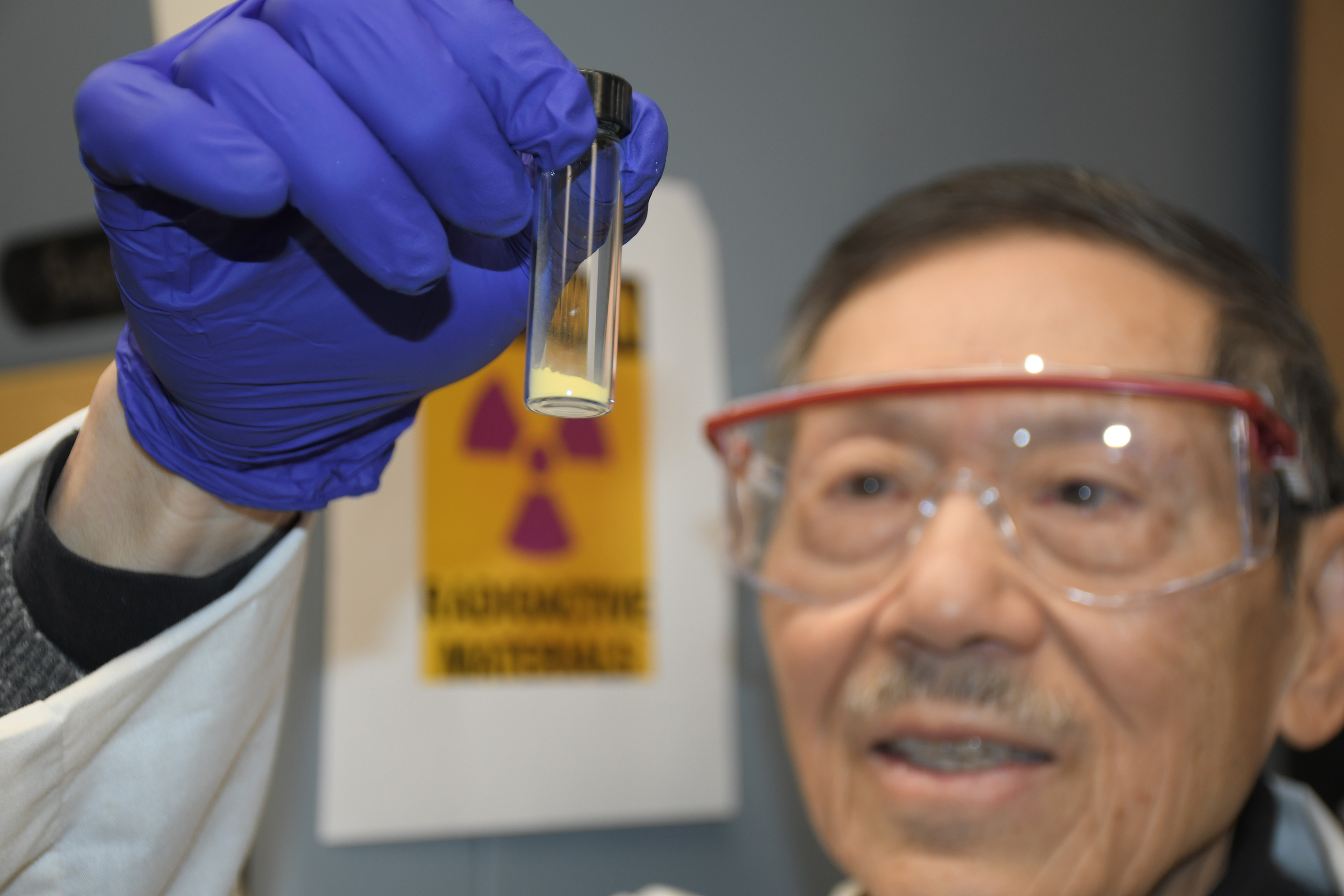Optimizing the extraction of uranium from coal ash and seawater
Of all the elements that make up the earth's crust, uranium is reasonably abundant, coming in at 49th place, ahead of elements such as tin, tungsten and silver. Since mankind began to exploit uranium for its fissile properties in energy production, this abundance has also translated into wide availability for mining. In 2019, Kazakhstan, Canada and Australia were the world's leading producers, accounting for approximately 68% of production.
Given the enormous energy density of uranium when used as fuel in a nuclear fission reactor, the demand for uranium is relatively low, especially due to the long refueling cycles (two years on average) of commercial reactors. The effect is that even with the highly inefficient once-through fuel cycle - which uses only a fraction of the potential energy of uranium fuel - market prices for uranium have remained relatively low and stable, even in the midst of geopolitical crises.
Despite this, the gradual rise in market prices for uranium ($10/lb in 2003, $49/lb in 2022), as well as the rapid construction of new reactors are stimulating exploration. Here, recent innovations can make uranium fuel even more accessible to all nations, releasing the billions of tons of uranium found in ordinary seawater as well as the many tons of fly ash produced by power plants. charcoal every day.
It's the economy, silly Effect of uranium price on fuel cost (source: World Nuclear Association)
Effect of uranium price on fuel cost (source: World Nuclear Association)The primary reason most nuclear power plant operators opt for a once-through fuel cycle that does not uses only a fraction of the fissile U-235 is that the fuel costs for a nuclear power plant are so incredibly low. While the initial costs for a new GW-class nuclear power plant are considerable, the operating costs over its 40 to 100 year lifespan are very low, hence the additional cost of reprocessing spent fuel, to remove newly formed actinides. and transuranics, makes little economic sense.
This economic angle is also one of the factors that has made the development of fast neutron reactors (FNR) unattractive. Although these FNRs can produce their own fuel from fertile isotopes by neutron capture, they are more complicated and more expensive than a light water reactor - virtually all commercial nuclear power plants in operation today. These factors all play a role in the profitability of certain uranium resources...

Of all the elements that make up the earth's crust, uranium is reasonably abundant, coming in at 49th place, ahead of elements such as tin, tungsten and silver. Since mankind began to exploit uranium for its fissile properties in energy production, this abundance has also translated into wide availability for mining. In 2019, Kazakhstan, Canada and Australia were the world's leading producers, accounting for approximately 68% of production.
Given the enormous energy density of uranium when used as fuel in a nuclear fission reactor, the demand for uranium is relatively low, especially due to the long refueling cycles (two years on average) of commercial reactors. The effect is that even with the highly inefficient once-through fuel cycle - which uses only a fraction of the potential energy of uranium fuel - market prices for uranium have remained relatively low and stable, even in the midst of geopolitical crises.
Despite this, the gradual rise in market prices for uranium ($10/lb in 2003, $49/lb in 2022), as well as the rapid construction of new reactors are stimulating exploration. Here, recent innovations can make uranium fuel even more accessible to all nations, releasing the billions of tons of uranium found in ordinary seawater as well as the many tons of fly ash produced by power plants. charcoal every day.
It's the economy, silly Effect of uranium price on fuel cost (source: World Nuclear Association)
Effect of uranium price on fuel cost (source: World Nuclear Association)The primary reason most nuclear power plant operators opt for a once-through fuel cycle that does not uses only a fraction of the fissile U-235 is that the fuel costs for a nuclear power plant are so incredibly low. While the initial costs for a new GW-class nuclear power plant are considerable, the operating costs over its 40 to 100 year lifespan are very low, hence the additional cost of reprocessing spent fuel, to remove newly formed actinides. and transuranics, makes little economic sense.
This economic angle is also one of the factors that has made the development of fast neutron reactors (FNR) unattractive. Although these FNRs can produce their own fuel from fertile isotopes by neutron capture, they are more complicated and more expensive than a light water reactor - virtually all commercial nuclear power plants in operation today. These factors all play a role in the profitability of certain uranium resources...
What's Your Reaction?















![Three of ID's top PR executives quit ad firm Powerhouse [EXCLUSIVE]](https://variety.com/wp-content/uploads/2023/02/ID-PR-Logo.jpg?#)







